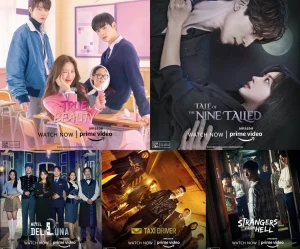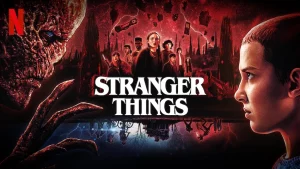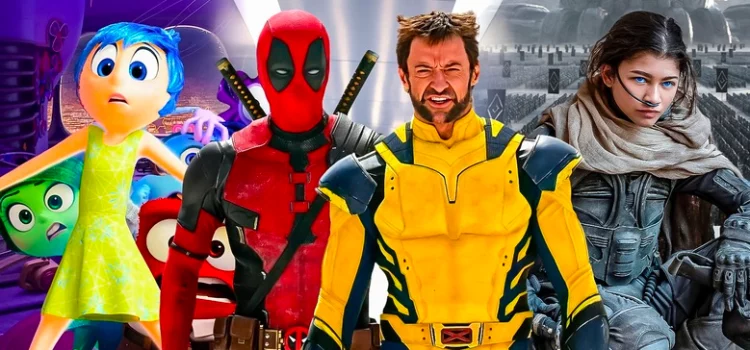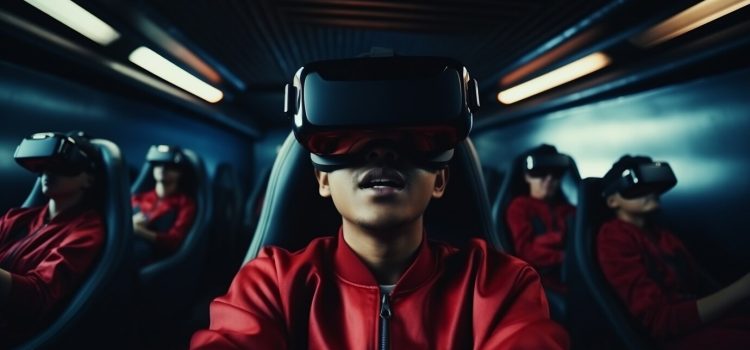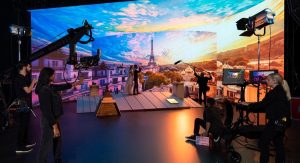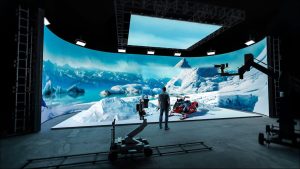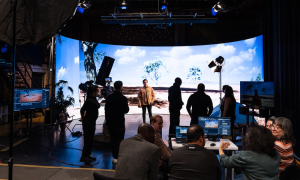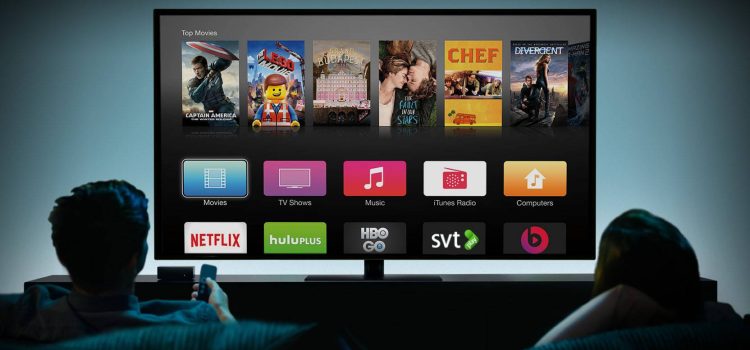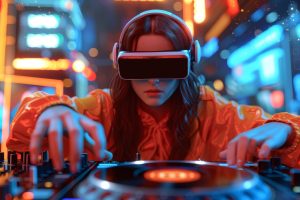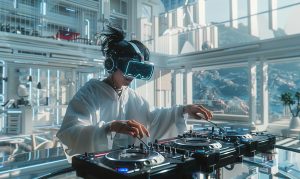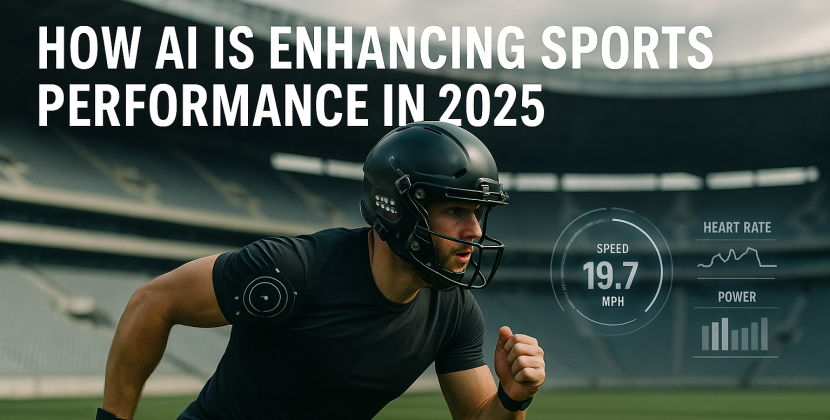
Introduction
Esports has taken the world by storm in recent years, attracting millions of viewers and generating billions in revenue. This burgeoning industry has caught the attention of not just gamers but also high-profile celebrities who see potential for growth and profit. Below, we explore ten celebrities who have made significant investments in the world of esports, analyzing their contributions and the impact on the industry.
The Rise of Esports Investments by Celebrities
Esports has become very popular in recent years, attracting millions of fans and players around the world. This growth has caught the attention of many celebrities, who see a great opportunity to invest in this exciting industry. Stars from music, sports, and film have started to put their money into esports organizations, teams, and related businesses. Their involvement not only brings more fans but also helps to legitimize esports as a serious form of entertainment and competition.
Why are celebrities investing in eSports?

The esports industry has become a profitable venture due to its massive fan base and increasing sponsorships. Celebrities see it as an opportunity to engage with younger audiences, diversify their portfolios, and tap into the lucrative world of competitive gaming. This investment trend highlights the significant crossover appeal between traditional entertainment and digital gaming.
Benefits of Celebrity Investments in Esports
When celebrities invest in esports, they bring several benefits. First, they help raise awareness and interest in competitive gaming among their fans. This can lead to more viewers and participants in esports events. Additionally, celebrities often have strong brands and large followings, which can attract sponsors and partnerships. Their investments can also provide financial support to esports teams, helping them grow and succeed in the competitive landscape.
The Role of Celebrities in the Esports Industry
Celebrities play a crucial role in shaping the esports industry. They act as ambassadors, introducing eSports to a wider audience. Their participation can help bridge the gap between traditional entertainment and gaming culture. By promoting esports through social media, events, and collaborations, celebrities help to create a more inclusive environment for gamers and fans alike. This connection can lead to new opportunities for both esports and the entertainment industry.
Top 10 Celebrities Invested in Esports
1. Drake

One of the biggest names in music, Drake, has invested in esports through his involvement with 100 Thieves, a lifestyle brand and gaming organization. His influence has helped raise the profile of the team and esports in general, attracting more fans and sponsors.
2. Michael “Shroud” Grzesiek

Former professional gamer Michael Grzesiek, known as Shroud, transitioned from a competitive gaming career to become a successful streamer and influencer. His investment in esports teams and organizations, along with his massive online following, has made him a key player in the industry.
3. Steve Aoki

DJ and producer Steve Aoki has also joined the esports wave, investing in teams like Rogue and collaborating on esports events. His involvement brings a unique blend of music and gaming, helping to bridge the gap between the two worlds.
4. Shaquille O’Neal

Basketball legend Shaquille O’Neal has ventured into esports by investing in NRG Esports. His larger-than-life personality and brand appeal have helped NRG gain traction and attract more fans to their games.
5. Ashton Kutcher

Actor and entrepreneur Ashton Kutcher is known for his interest in technology and startups. He co-founded the venture capital firm A-Grade Investments, which has invested in several esports-related companies, contributing to the industry’s growth.
6. Marshmello

Famous DJ Marshmello is not only a music sensation but also a passionate gamer. He has collaborated with Fortnite for exclusive in-game events and has shown interest in investing in esports, further blending music and gaming cultures.
7. Ninja

Tyler “Ninja” Blevins, one of the most famous streamers in the world, has made significant investments in esports through his brand and partnerships. His success as a content creator has paved the way for other gamers to follow in his footsteps.
8. Ellen DeGeneres

Television host Ellen DeGeneres has dabbled in the esports scene by supporting various gaming events and players. Her endorsement has helped bring esports to a broader audience, highlighting its potential as mainstream entertainment.
9. 50 Cent

Rapper 50 Cent has made a name for himself in the gaming industry through investments and partnerships. His involvement in esports has helped draw attention to the competitive gaming scene and attract more fans.
10. Jennifer Lopez

Pop icon Jennifer Lopez has entered the esports realm through partnerships with various gaming companies. Her influence in the entertainment industry helps raise awareness and legitimacy for esports among mainstream audiences.
Increased Popularity of Esports Events
One major effect of celebrity investments is the increased popularity of esports events. When a famous person supports a team or tournament, more fans want to watch. Events like the League of Legends World Championship and Dota 2’s The International draw huge crowds, and celebrities help make these events even more exciting. Their presence can fill stadiums and boost online viewership, creating a fun atmosphere for both players and fans. This helps esports grow into a major entertainment option.
The Power of Social Media
Celebrities have a lot of power on social media. They can reach millions of followers with just a few posts. When they share their love for esports or promote a game, it can lead to a big spike in interest. For example, if a popular musician tweets about their favorite game, many fans may want to try it. This kind of exposure is invaluable for the esports industry, as it helps attract new players and viewers who may not have been interested before.
Building Stronger Communities
Celebrity involvement in esports also helps build stronger communities. When celebrities show support for gamers and teams, it encourages fans to come together. This creates a sense of belonging and excitement within the esports community. Fans often share their experiences online, discussing games and events with each other. Celebrities can help foster these connections by interacting with fans, participating in gaming events, or even playing games with them, which strengthens the bond among players and fans.
Opportunities for New Talent

With celebrities investing in esports, there are more opportunities for new talent to shine. Many esports teams are always on the lookout for fresh players who can bring new skills and strategies. When celebrities invest, they often support training programs or tournaments that help discover and nurture new talent. This means that aspiring gamers have a better chance to show what they can do and potentially join a professional team, which can lead to exciting careers in esports.
Financial Support for Esports Organizations
Celebrity investments provide much-needed financial support for esports organizations. Running a team or hosting an event can be expensive, and funding is crucial for success. With the backing of famous investors, teams can afford better training facilities, coaching staff, and marketing efforts. This financial boost helps teams improve their performance and visibility, making them more competitive in the growing esports landscape.
Creating Lasting Partnerships
Finally, celebrity involvement in esports can lead to lasting partnerships between different industries. As more stars enter the esports world, they often collaborate with game developers, sponsors, and other brands. These partnerships can bring innovative ideas and exciting projects to life. For example, a celebrity might team up with a game studio to create special in-game content or even a new game. Such collaborations can benefit both the celebrity and the esports industry, helping to create new experiences for fans.
Challenges Facing Celebrity Investors in Esports
Despite the benefits, celebrity investors in esports face some challenges. The gaming industry is constantly changing, and keeping up with trends can be difficult. Additionally, not all investments guarantee success; some teams or organizations may struggle to perform well or attract audiences. There is also a risk of backlash if fans feel that celebrities are only jumping on the esports bandwagon for profit. Navigating these challenges requires careful planning and a genuine interest in the gaming community.
The Future of Celebrity Involvement in Esports

Looking ahead, the future of celebrity involvement in esports appears bright. As gaming continues to grow, more stars are likely to enter the space. This could lead to even greater collaborations between the worlds of entertainment and esports. With the rise of new technologies, such as virtual reality and live streaming, celebrities may find innovative ways to engage with fans and enhance their esports investments. Ultimately, their ongoing support can help shape a vibrant future for the esports industry.
Analysis Table: Celebrity Investments in Esports
| Celebrity | Esports Team/Investment | Impact on Esports |
|---|---|---|
| Drake | 100 Thieves | Increased visibility and fans |
| Shroud | Various Teams | Attracting gamers to streaming |
| Steve Aoki | Rogue | Music and gaming crossover |
| Shaquille O’Neal | NRG Esports | Popularizing esports among sports fans |
| Ashton Kutcher | A-Grade Investments | Funding for esports startups |
| Marshmello | Fortnite collaboration | Blending music and gaming cultures |
| Ninja | Brand Partnerships | Growth of gaming content creation |
| Ellen DeGeneres | Various Events | Mainstream exposure for esports |
| 50 Cent | Various Partnerships | Increased interest in competitive gaming |
| Jennifer Lopez | Gaming Companies | Legitimizing esports in entertainment |
Comparative Table: Celebrity Influence on Esports
| Celebrity | Primary Influence Area | Main Contributions |
|---|---|---|
| Drake | Music and Brand Identity | Increased sponsorship deals |
| Shroud | Streaming and Content Creation | Attracting a new audience |
| Steve Aoki | Music Events | Unique crossover events |
| Shaquille O’Neal | Sports and Entertainment | Engaging sports fans |
| Ashton Kutcher | Investment and Innovation | Financial support |
| Marshmello | Music and Gaming | Innovative collaborations |
| Ninja | Streaming and Gaming Culture | Popularizing gaming content |
| Ellen DeGeneres | Television and Media | Mainstream exposure |
| 50 Cent | Music and Entertainment | Increased visibility |
| Jennifer Lopez | Entertainment and Culture | Broadening esports appeal |
Conclusion
Celebrities investing in esports represent a significant shift in entertainment culture. By bridging the worlds of gaming, music, sports, and film, these stars are reshaping esports into a mainstream industry. Their influence and networks are expanding esports’ reach and solidifying its place in global entertainment. This trend indicates that esports will continue to evolve and grow, drawing in new audiences and driving substantial economic growth.



















